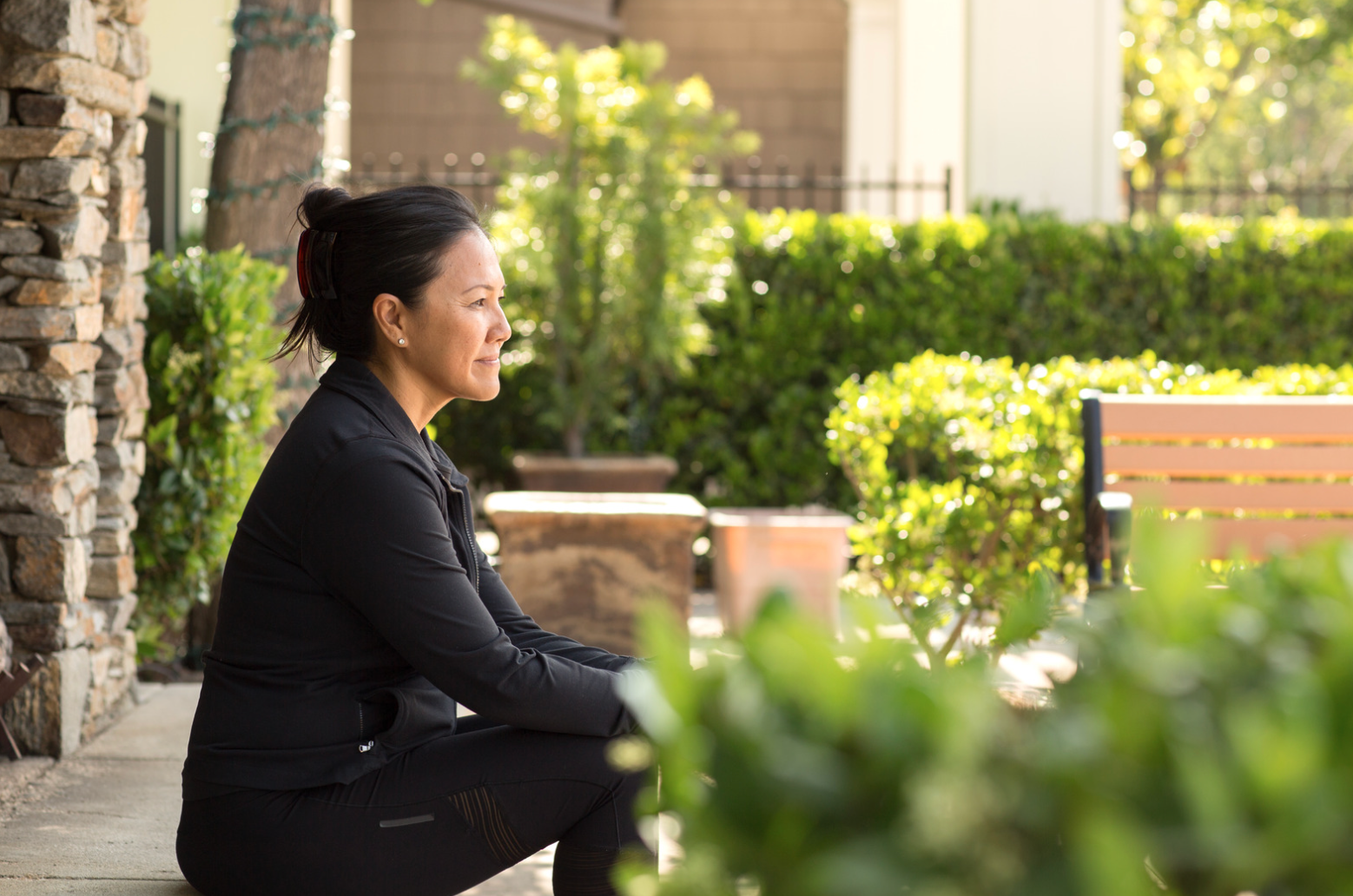As much as we ourselves know that exercise physiology is nothing to fear, we do at times come across clients who are apprehensive about engaging in a program with us.
The word ‘exercise’ in itself carries negative connotations for some people. For those who have tried and failed to get into a good exercise routine, who have had negative experiences with exercise, or who just plain don’t enjoy it, committing to a 10 or 12-week exercise physiology program may sound a little bit intimidating!
It’s okay, we get it. We don’t take it personally!
But we also know how great exercise physiology is, and how many people can benefit from the service that we provide. It’s important to us that we use our skills to help as many people as possible! So when we are faced with a client who is apprehensive about exercise physiology, we know that it is just another barrier that we need to knock down before we can get the ball rolling and start to reap some of those benefits!
We took it to the team to ask for their best strategies for overcoming client apprehensions. Here’s what they had to say.
Strategy 1 – Understand their expectations of the program
A few gentle probing questions at the start of the program can go a long way;
“Have you ever worked with an exercise physiologist before?”
“What do you know about exercise physiology?”
“What has your insurer / rehab provider told you about this program?”
We are often surprised by how little our clients know about exercise physiology before meeting us! Knowing this information is a helpful step in building rapport and helping to ease any anxiety that comes with the uncertainty of what the program holds.
Strategy 2 – Understand how they feel about exercise
It can also be helpful to ask about their thoughts on exercise in general.
Let’s play a quick mind association game… When we say the word ‘exercise’, what other words come to mind?
Gym? Weights? Running? Burpees? Sweat and tears?!
For someone with chronic fatigue, going for a run could put them in bed for a week. Lifting weights is unlikely to sound appealing for someone who experiences pain bending down to tie their shoes. For someone with depression, who can’t find the motivation to get out of bed, getting up and going to the gym may seem near impossible.
Pre-existing associations with the word ‘exercise’ can create a negativity bias where they expect the worst.
We can ask questions such as…
“What are your past experiences with exercise?”
“What types of exercise do you enjoy?”
“Would you like to become more physically active?”
For us, being able to understand the lens that they see our program through is helpful for identifying any misconceptions that need to be corrected or thought patterns that may be clouding their perception.

Strategy 3 – Education about exercise physiology
Education, education, education… Exercise physiology need not be feared!
One of the most common misconceptions is that the program will be all weights at the gym. Often we need to remind people that ‘exercise’ ranges from a gentle walk, to yoga, to weights, mountain biking, swimming, dancing, and everything in between!
If the individual is fearful that exercise will exacerbate their condition further, we can remind them that we have experience working with clinical populations who need a more specialised and individualised approach to exercise. We aren’t just personal trainers – these programs are designed exactly to suit their unique, and often complex, needs. Oh, and we all have post-graduate level education (4+ years of study) under our belts too!
A secondary strategy that we are trying to tackle each and every day is educating those who refer to us about what exactly we do, so that they can paint a clear picture to their claimant when making the referral. That’s what these blogs are all about!!
Strategy 4 – Be flexible
The clients that we see tend to be in the midst of one of the most challenging times of their life. So we aim to make it as easy and stress-free for them to engage in a program with us – by meeting them at a location that suits them, whether at their home, a local gym or park, or administering the program via Zoom.
By meeting them where they are familiar and feel most comfortable, we prioritise their comfort, reduce anxiety and remove the barrier of travel. One of the perks of being a mobile company! (Read our article – Why We Insist That Mobile Is Best!)
Another strategy suggested by one of our Exercise Physiologists is to allow the client to help guide the intensity of the program within the initial stages. This resolves any fear that the program will be too challenging for them or that they will be asked to do things that they cannot do. It also gives them a chance to settle into the program before we let our expert opinion guide the progression of the exercises.
Strategy 5 – Keep it simple!
Clear communication, straightforward instructions, and simplifying the language that we use. The better that they can understand what it is that we are asking of them, the less threatening it all feels!
It’s about breaking things down into simple steps that feel manageable to them. It also helps to make sure they know that they have an open space to ask questions if any confusion comes up.
There you have it – 5 of our top strategies! Perhaps another string or two in your bow for the next time you come across apprehension towards starting an exercise physiology program. Or maybe, you have some strategies of your own that you use? Let us know!
Author: Yolanda van Vugt Clinical Exercise Physiologist and Content Creator at Specialised Health
Let’s connect, find us:
Have you got a claimant that would benefit from E.P. support? Refer to the team!
#exercisephysiology #exerciserehab #rehabilitation #lifeinsurance #incomeprotection #ctp #workcover #mobile #mobileexercisephysiology #returntowork #fatigue #fatiguemanagement #mentalhealth #cancer #musculoskeletal #pain #physio #physiotherapy #Sydney #Brisbane #Melbourne #Adelaide #Auckland #Waikato #BayofPlenty #Wellington #Otago #Christchurch



